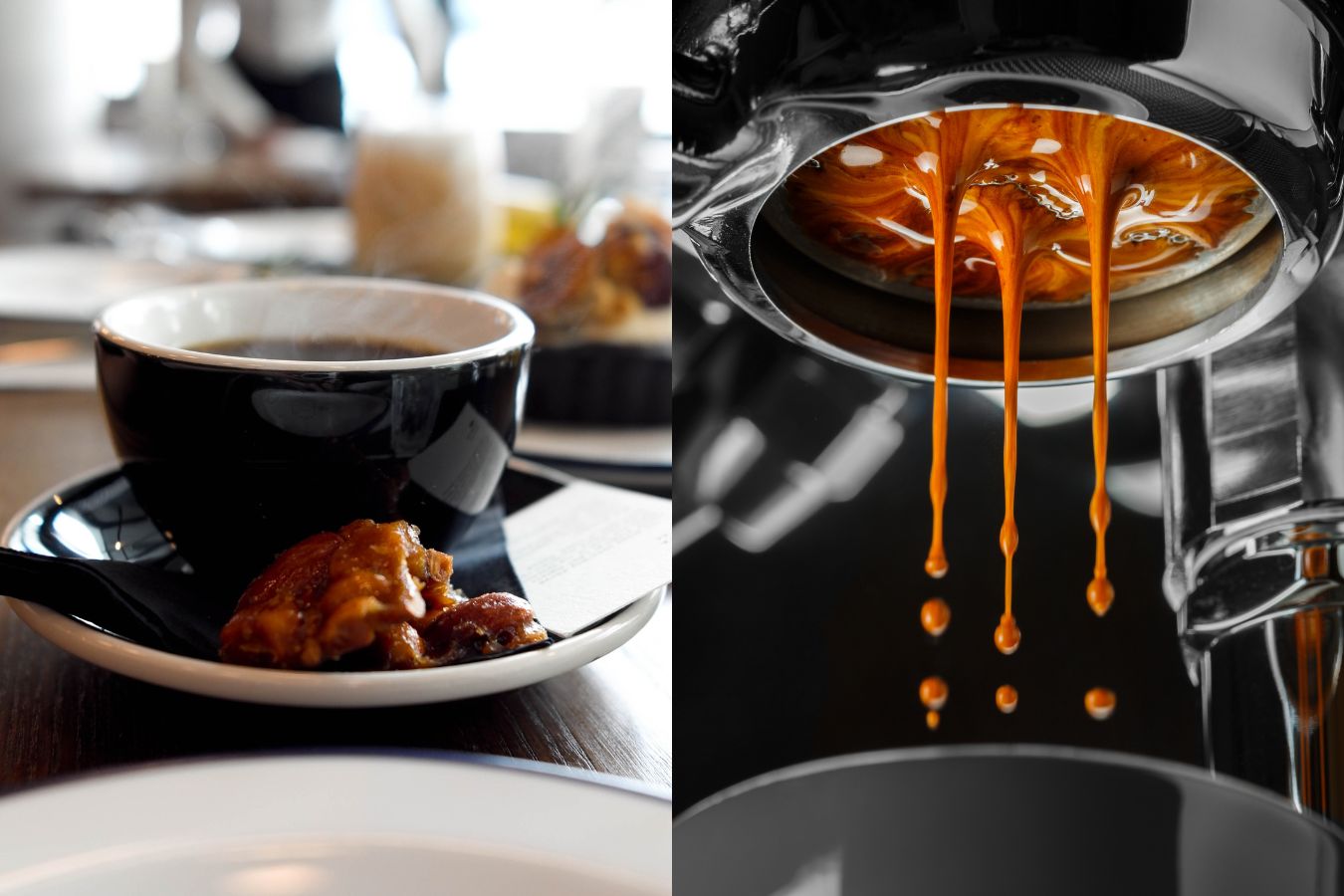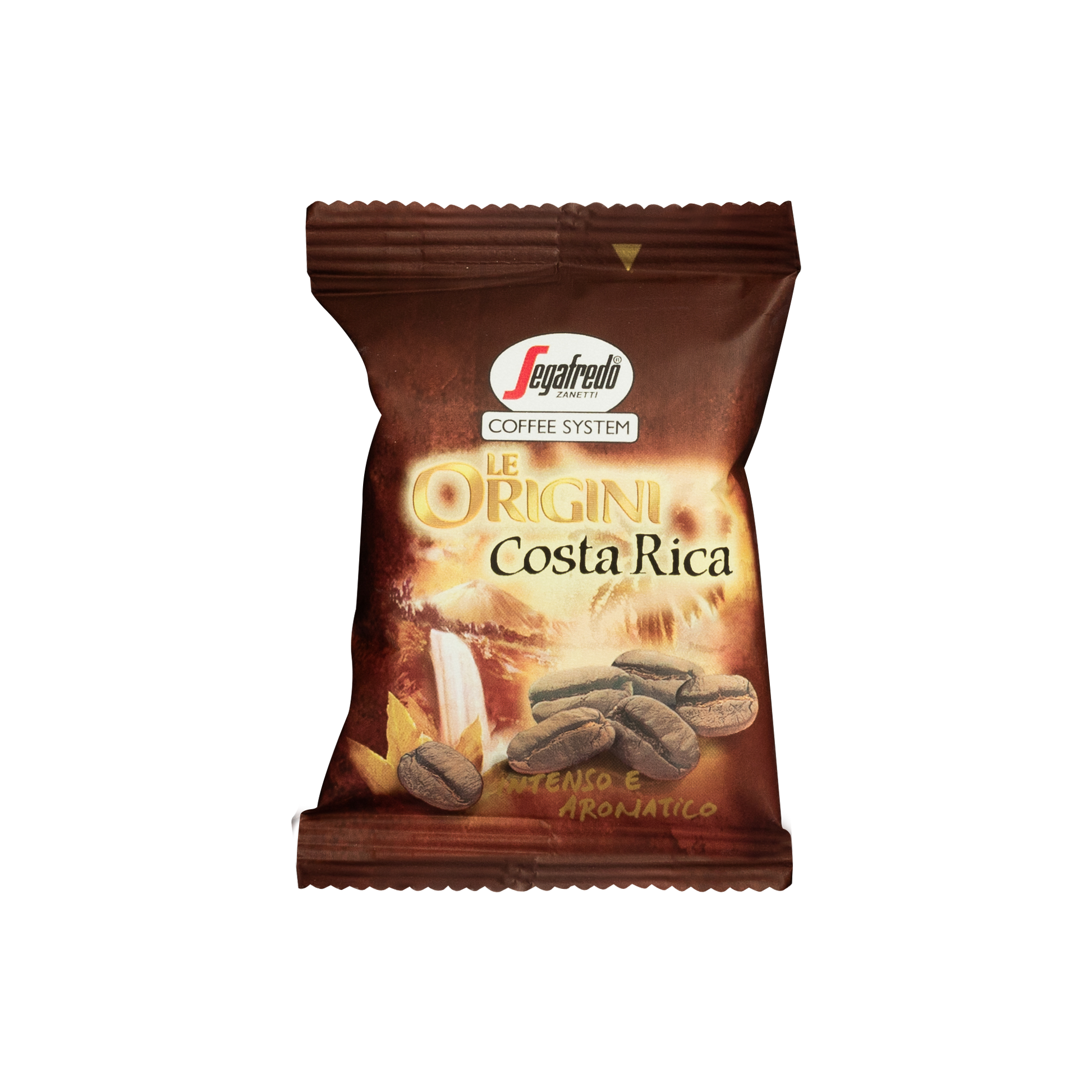SOE Single Origin Espresso – The Go-To Choice for Espresso Lovers
SOE Single Origin Espresso – The Go-To Choice for Espresso Lovers
Blog Article
Recognizing Coffee Beans: the Journey From Espresso to Blended Coffee Beans

The Beginnings of Coffee: A Global Viewpoint
While you may consider coffee as a contemporary staple, its origins map back centuries, intertwining with societies throughout the globe. The tale begins in Ethiopia, where tale says a goat herdsman called Kaldi found the invigorating results of coffee beans after observing his goats frolicking energetically after consuming them. This sparked rate of interest, causing coffee's infect Arab traders that cherished the brewed drink. By the 15th century, it reached Persia, Egypt, and Turkey, where coffee shops came to be social hubs for discussion and society.
As profession courses increased, coffee made its way to Europe in the 17th century, quickly getting appeal. Each society included its one-of-a-kind spin to coffee preparation, improving its history.
Farming and Harvesting of Coffee Beans
As coffee's journey progressed, the focus changed to the cultivation and harvesting of specific bean ranges, specifically those utilized for coffee. You'll discover that coffee beans usually come from Arabica or Robusta plants, each offering distinctive flavors. The suitable growing problems include high altitudes and abundant, well-drained soil, which improve the beans' quality.
During the harvest, selecting approaches vary. In some regions, employees hand-pick ripe cherries, guaranteeing just the very best fruit mosts likely to handling. In various other areas, mechanical harvesters are utilized, specifically on bigger farms. Timing is important; you intend to harvest when the cherries reach peak perfection for maximum flavor.
Once collected, the beans are planned for processing, which is important in determining their last taste. Understanding the growing and harvesting procedures gives you understanding into what goes right into your preferred espresso, improving your recognition for each mug.
Processing Techniques: From Cherry to Bean
Now that you have actually found out about gathering coffee beans, let's discover exactly how those cherries change into the coffee beans you like. You'll see exactly how various harvesting techniques influence flavor, complied with by the important actions of fermentation and drying. We'll break down the milling and grading procedure that identifies your coffee's quality.
Gathering Strategies Discussed
When it comes to coffee, comprehending harvesting methods is crucial, since they straight influence the taste and top quality of the beans you take pleasure in. Careful choosing includes hand-picking only ripe cherries, ensuring you get the ideal top quality beans. Inevitably, the option of gathering strategy can considerably influence your coffee experience, so it's worth understanding just how those beans made it to your mug.
Fermentation and Drying Out
After collecting, the following actions in processing coffee beans play a substantial role in shaping their taste. You'll discover that fermentation is crucial, as it helps break down the mucilage bordering the beans, enhancing their preference account. Relying on the approach, this procedure can last from a couple of hours to several days, with varying outcomes based on temperature and moisture.
As soon as fermentation is full, drying follows, which is equally vital. You can select from sun-drying or mechanical drying out approaches. Sun-drying permits the beans to take in flavors from the environment, while mechanical drying guarantees consistent dampness degrees despite climate. Appropriate drying is important to avoid mold and preserve the beans' top quality, inevitably influencing your mug of coffee.
Milling and Grading Process
As fermentation and drying established the stage for taste development, the milling and grading procedure assurances that just the finest coffee beans make it to your mug. This stage includes getting rid of the external layers of the coffee cherry, including the parchment and husk. Premium beans obtain a greater grade, resulting in a richer coffee experience.
Roasting Strategies: Opening Flavor Possible
When you roast coffee beans, the technique you pick can dramatically influence the taste profile. Comprehending the connection between time, temperature, and toasting strategies is vital to revealing the potential of your brew. Allow's check out how these aspects come together to produce the ideal cup.
Toasting Approaches Described
While you may believe that all coffee roasting methods generate the exact same results, the truth is that each strategy discloses special flavor potentials in the beans. You can choose in between methods like drum toasting, air roasting, or also standard pan roasting. Drum roasting uses a rotating drum to evenly distribute heat, enhancing caramelization and producing a well balanced taste. Air roasting, on the other hand, distributes warm air around the beans, advertising a lighter roast with obvious level of acidity. Pan roasting permits hands-on control but calls for continuous focus to prevent burning. Each method has its subtleties, so explore different strategies can assist you discover the best roast that lines up with your preference choices. Take pleasure in the journey of locating your ideal mug! check here

Effect On Taste Account
Different toasting techniques not just affect the process however additionally significantly impact the taste profile of the coffee beans. When you select a light roast, you'll experience intense level of acidity and floral notes, showcasing the bean's beginning. In contrast, a tool roast equilibriums acidity with sweetness, usually revealing chocolatey touches. Dark roasts, on the various other hand, bring out bold, smoky flavors, occasionally masking the bean's special features. Each technique reveals different oils and compounds, resulting in a large range of flavors. By experimenting with various roasting styles, you can discover which accounts reverberate with your taste. Understanding these nuances assists you value the artistry behind your cup of coffee, improving your general experience with every sip.
Time and Temperature Elements
To release the complete taste capacity of coffee beans, both time and temperature level during the roasting process play substantial duties. When roasting, you'll find that greater temperature levels can swiftly establish flavors, yet if you hurry it, you may wind up with burnt notes. Alternatively, reduced temperatures enable a more steady taste development, showcasing the beans' unique features.

Timing is equally as crucial; extending the roast as well long can lead to a loss of level of acidity and brightness, while as well short a roast may leave the beans underdeveloped. Discovering that sweet spot needs practice and trial and error. By adjusting these elements, you can reveal the abundant, complex tastes concealed within each bean, creating an absolutely amazing coffee experience.
The Art of Mixing: Crafting Unique Coffee Accounts

Start by choosing a base coffee that gives a solid structure. After that, choose corresponding beans to improve details flavor notes. A bright Ethiopian bean can bring fruitiness, while a rich Brazilian coffee includes body. Trial and error is vital-- do not be scared to change ratios up until you discover your excellent account.
As you mix, bear in mind that each combination narrates. You're not simply making coffee; you're developing an experience. So, take your time, preference frequently, and take pleasure in the trip of finding your trademark mix.
Brewing Methods: How Preparation Impacts Taste
Mixing coffee opens up a domain name of taste opportunities, but how you make that mix can considerably affect your last cup. Different developing approaches draw out distinct flavors and fragrances, so it's important to select carefully. As an example, a French press allows oils and debris to stay, creating an abundant, robust experience. On the other hand, a pour-over highlights the coffee's quality and illumination, ideal for showcasing delicate notes.
Coffee, with its high pressure, generates a focused shot that accentuates sweet taste and crema. If you like a lighter brew, take into consideration a cold mixture method; it produces a smooth, less acidic preference.
Readjusting variables like water temperature, grind size, and make time can change your coffee's profile. Welcome the art of brewing to uncover the flavors concealed in your coffee blends.
The Future of Coffee: Sustainability and Innovation
As the coffee market evolves, sustainability and technology are becoming essential for resolving environmental difficulties and conference consumer needs. You'll see that more coffee companies are embracing environmentally friendly methods, from sourcing beans morally to implementing sustainable farming methods. These changes not just aid the planet however likewise boost the top quality of the coffee you delight in.
You could see developments like eco-friendly product packaging and water-saving brewing approaches that decrease waste. Advanced modern technology, such as blockchain, is additionally becoming prominent, making sure transparency in the supply chain, which enables you to map your coffee back to its origins.
Additionally, purchasing local areas and sustaining farmers through fair trade campaigns fosters an extra sustainable coffee ecological community. As you sip your following cup, bear in mind that your choices can add to a brighter future for coffee. By going with sustainable brand names, you're not simply taking pleasure in a drink; you're making a favorable influence on the globe.
Often Asked Concerns
What Is the Distinction Between Arabica and Robusta Beans?
Arabica beans are smoother, sweeter, and have a higher level of acidity, while robusta beans are stronger, more bitter, and contain even more caffeine. You'll notice these distinctions in flavor and fragrance when making your coffee.
How Does Elevation Affect Coffee Bean Flavor?
Elevation impacts coffee bean taste substantially. Higher altitudes create beans with brighter acidity and complicated flavors, while lower elevations commonly yield beans that are much heavier and less nuanced. You'll observe these differences in your cup!
What Are the Wellness Advantages of Alcohol Consumption Coffee?
Consuming coffee can my link enhance your energy, boost mental focus, and also enhance physical performance. It's abundant in antioxidants, might lower the danger of particular diseases, and can advertise a much healthier metabolic process when eaten in moderation.
Can Coffee Beans Be Reused for Developing?
Yes, you can recycle coffee beans for brewing, however the taste might be weaker. If you appreciate experimenting, try recycling them in various ways, like chilly mixtures or including to healthy smoothies for an added kick.
How Should I Store Coffee Beans for Freshness?
To maintain your coffee beans fresh, save them in an airtight container in a trendy, dark place. Prevent revealing them to warmth, moisture, or light, as these aspects can swiftly weaken their taste and aroma.
Comprehending Coffee Beans: the Journey From Coffee to Blended Coffee Beans.
Currently that you have actually found out about harvesting espresso beans, let's check out exactly how those cherries change right into the coffee beans you like.When you roast coffee beans, the approach you pick can drastically affect the taste account - Single Origin Espresso.While you may believe that all coffee toasting approaches produce the exact same outcomes, the reality is that each method exposes distinct flavor potentials in the beans.Different toasting approaches not just influence the process but also significantly affect the flavor account of the coffee beans
Report this page